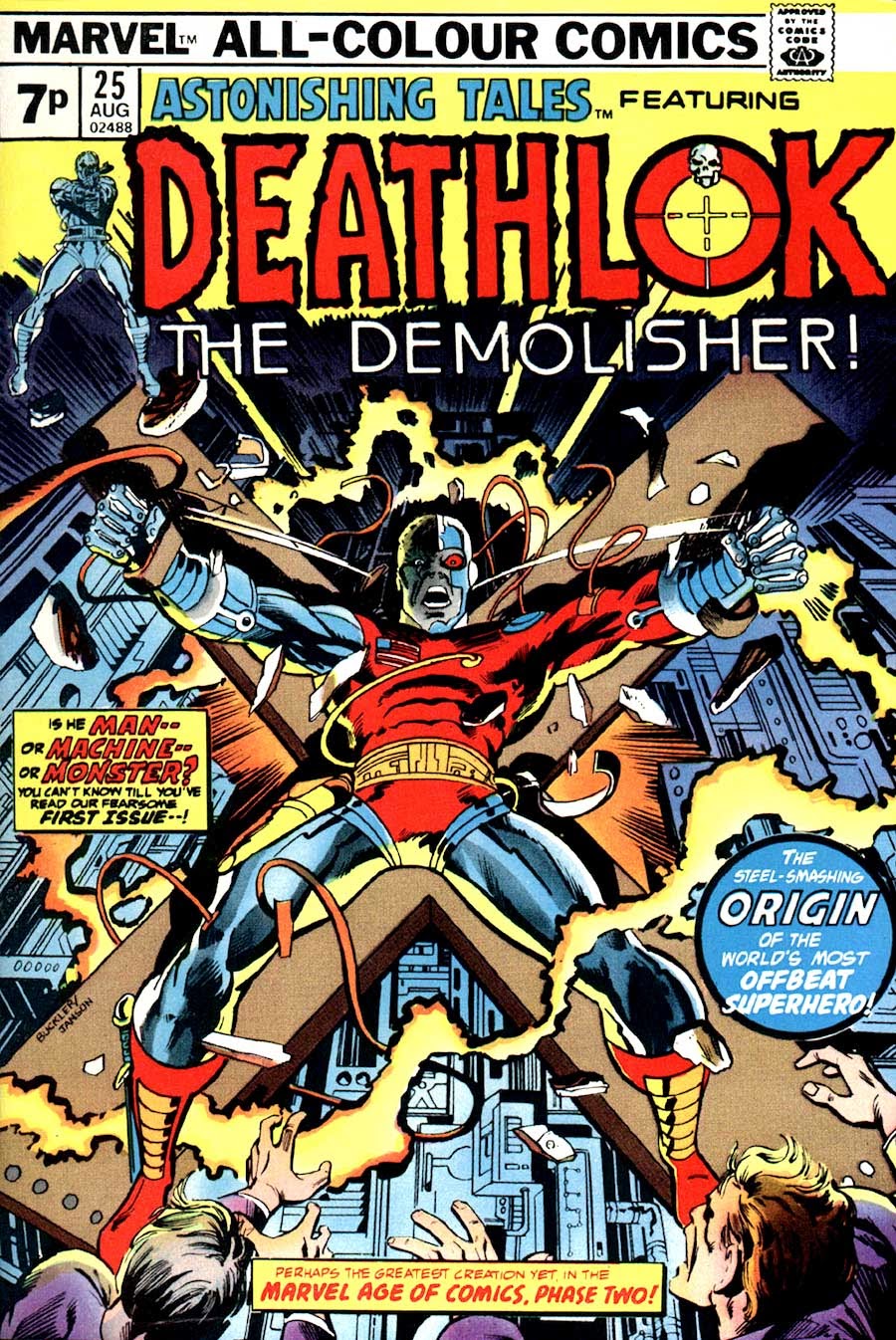Rich Buckler Has Died
 nweathington
Posts: 6,751
nweathington
Posts: 6,751
Rich Buckler has passed away at the age of 68. He was a solid artist who did some good work despite the controversy surrounding him. He created Deathlok of course, but I'd say his biggest contribution to comics was giving George Perez his start in the business as his assistant.



Comments
1949-2017
Creator of Deathlok and many great stories...
In 1983,The Comics Journal accused Buckler of plagiarism, saying that he had a reputation as a "swipe" artist who copied poses and layouts from previous artists' work.[17][18] Buckler sued the magazine for libel,[19] but later dropped the suit.[20]
Info taken from Wikipedia. The sources referenced are Comics Journal #83, 86, 88, and 93.
Rick Buckler was a professional's professional, no matter what the "GOTCHA!" class thinks of him.
“When I was working with Rich, I didn’t get to do all that much beyond look for Jack Kirby reference for his Fantastic Four and Thor work.”
When I asked him why he left his position with Rich, he said, “Well, a lot of it was Rich’s desire to use a lot of swipes. I didn’t feel I was growing there, and my wife was not happy about it, and there was an unfortunate blow-up where Rich said something along the lines of the heck with my wife, or something more inflammatory than that, which I might be blowing out of proportion just by memory now.”
[Edit: I should also say that George did credit Rich for teaching him some things about storytelling (mainly through explaining things about Kirby’s storytelling) and perspective.]
And, yeah, pretty much every artist has swiped at some point or other. Some do it a lot more than others. Usually it involves using a photograph of something that they're not good at drawing, or to get reference for the lighting of a figure, or it’s something of a technical nature from real life—a car, a gun, etc. But Buckler was swiping character figures from other comic artists—namely Kirby—and doing it so regularly and so accurate to the reference that other artists noticed. Look back at those FF and Thor comics, and it often looks like Kirby drew them instead of Buckler—though I’m sure having Joe Sinnott as the inker added to that. Regardless, a lot of artists felt that he crossed the line between using reference to better his drawing, and stealing from another artist. It stained his reputation a bit.
Once Buckler started on “Deathlok”, I think he finally began developing his own style, and began using the swipes more as reference rather than a direct guide. And like I said, I think when all was said and done he was a solid artist. Plus, he was a fan of Salvador Dali, and was doing his own surrealist paintings the past few years, so he can’t be all bad.
For what it's worth.
-chris
But whatever. Think what you want to think, CaptShazam.
Regardless - I always liked Mr. Buckler's work. To be clear - this is not swiping. This is using reference material. Milton Caniff had an extensive reference file and even brought models into his studio.
The file cabinets are filled with photos and sketches.
$80k a year was 'working bare-chested in silk PJs while a lounging model is just hanging around' money.
I wish DC would collect it in trade besides the b&w showcase edition that came out a few years ago.
Yeah, I'm kind of surprised they haven’t collected that in color yet. But then, I think the JSA-related material has been pretty low on their priority list for many years now.